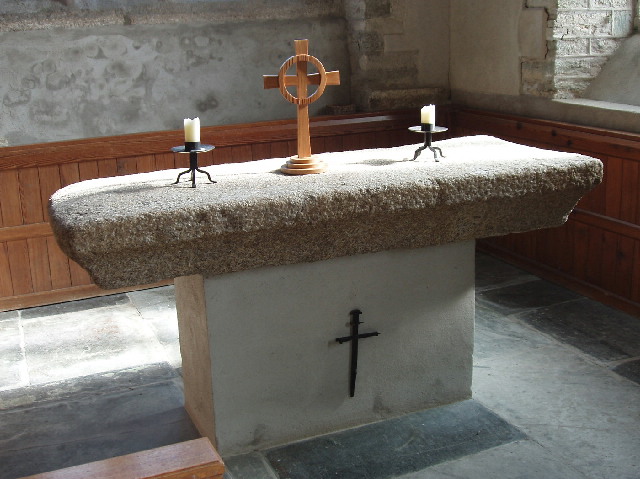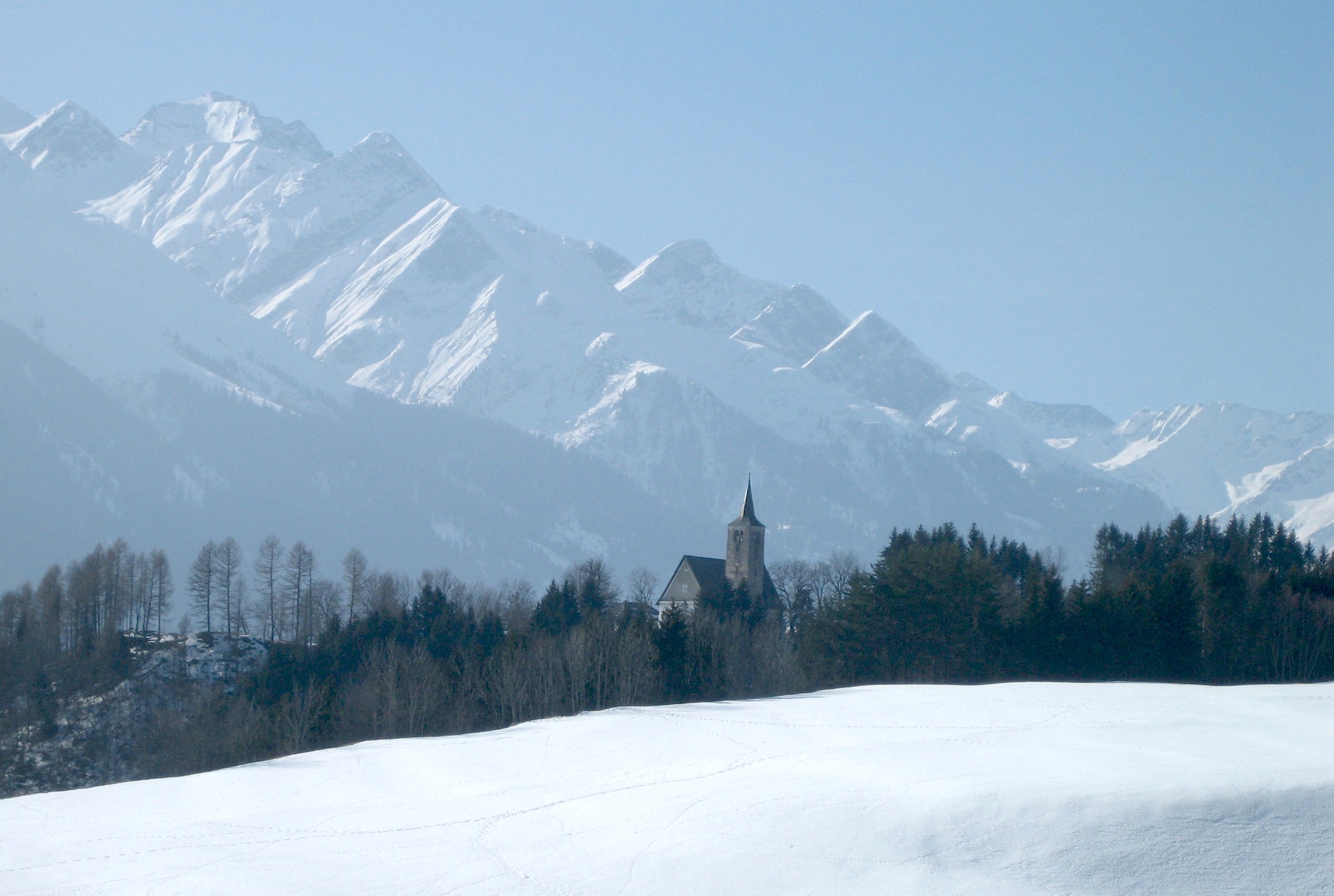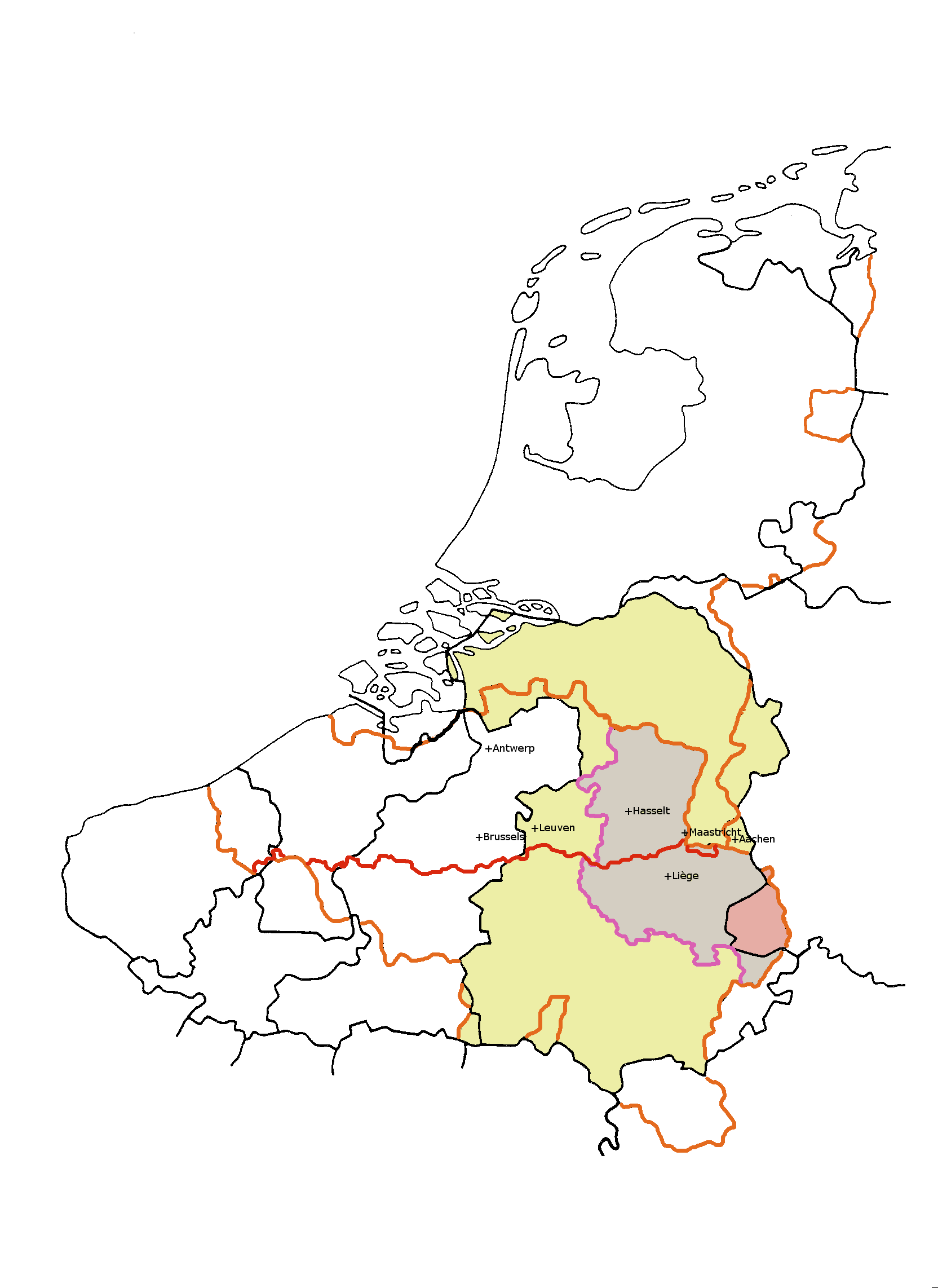|
Ricagambeda
Ricagambeda was a Celtic goddess worshipped in Roman Britain. She is attested in a single inscription, ''RIB'' 2107, on an altar stone found at Birrens (the Roman Blatobulgium) in what is now Dumfries and Galloway, Scotland. According to the inscription, the altar was raised by men from Vella serving with the Second Cohort of Tungrians in fulfillment of a vow to the goddess. Xavier Delamarre has suggested that her name may be related to the Gaulish word *''ricā'', meaning ''‘ sillon’'' (‘furrow A plough or plow ( US; both ) is a farm tool for loosening or turning the soil before sowing seed or planting. Ploughs were traditionally drawn by oxen and horses, but in modern farms are drawn by tractors. A plough may have a wooden, iron or ...’).Xavier Delamarre (2003), ''Dictionnaire de la langue gauloise'', p.256. References Goddesses of the ancient Britons {{Celt-myth-stub ... [...More Info...] [...Related Items...] OR: [Wikipedia] [Google] [Baidu] |
Birrens
Blatobulgium was a Roman fort, located at the modern-day site known as Birrens, in Dumfriesshire, Scotland. Name Blatobulgium is recorded in the Antonine Itinerary. The name derives from the Brittonic roots ''*blāto-'' 'bloom, blossom' or ''*blāto-'' (from earlier ''*mlāto-''), 'flour' and ''*bolgo-'', 'bag, bulge'. The name may mean 'flowery hillock' or 'flowery hollow'. However, as there are granaries at the fort, Blatobulgium may be a nickname meaning 'Flour Sacks'. History The fort formed the northern terminus of the Roman-era Watling Street (using an extended definition of this road), or more simply Route 2 of the Antonine Itinerary. It was located in the territory of the Selgovae. Birrens was first occupied in the Flavian period from AD 79 onwards, when its internal buildings were presumably of timber. Under Hadrian, soon after AD 122, a new fort was constructed whose central buildings were probably of stone. However the visible fort and its internal buildings date f ... [...More Info...] [...Related Items...] OR: [Wikipedia] [Google] [Baidu] |
Blatobulgium
Blatobulgium was a Roman fort, located at the modern-day site known as Birrens, in Dumfriesshire, Scotland. Name Blatobulgium is recorded in the Antonine Itinerary. The name derives from the Brittonic roots ''*blāto-'' 'bloom, blossom' or ''*blāto-'' (from earlier ''*mlāto-''), 'flour' and ''*bolgo-'', 'bag, bulge'. The name may mean 'flowery hillock' or 'flowery hollow'. However, as there are granaries at the fort, Blatobulgium may be a nickname meaning 'Flour Sacks'. History The fort formed the northern terminus of the Roman-era Watling Street (using an extended definition of this road), or more simply Route 2 of the Antonine Itinerary. It was located in the territory of the Selgovae. Birrens was first occupied in the Flavian period from AD 79 onwards, when its internal buildings were presumably of timber. Under Hadrian, soon after AD 122, a new fort was constructed whose central buildings were probably of stone. However the visible fort and its internal buildings date f ... [...More Info...] [...Related Items...] OR: [Wikipedia] [Google] [Baidu] |
Celtic Pantheon
The gods and goddesses of the pre-Christian Celtic peoples are known from a variety of sources, including ancient places of worship, statues, engravings, cult objects and place or personal names. The ancient Celts appear to have had a pantheon of deities comparable to others in Indo-European religion, each linked to aspects of life and the natural world. By a process of syncretism, after the Roman conquest of Celtic areas, these became associated with their Roman equivalents, and their worship continued until Christianization. Pre-Roman Celtic art produced few images of deities, and these are hard to identify, lacking inscriptions, but in the post-conquest period many more images were made, some with inscriptions naming the deity. Most of the specific information we have therefore comes from Latin writers and the archaeology of the post-conquest period. More tentatively, links can be made between ancient Celtic deities and figures in early medieval Irish and Welsh literature, ... [...More Info...] [...Related Items...] OR: [Wikipedia] [Google] [Baidu] |
Roman Britain
Roman Britain was the period in classical antiquity when large parts of the island of Great Britain were under occupation by the Roman Empire. The occupation lasted from AD 43 to AD 410. During that time, the territory conquered was raised to the status of a Roman province. Julius Caesar invaded Britain in 55 and 54 BC as part of his Gallic Wars. According to Caesar, the Britons had been overrun or culturally assimilated by other Celtic tribes during the British Iron Age and had been aiding Caesar's enemies. He received tribute, installed the friendly king Mandubracius over the Trinovantes, and returned to Gaul. Planned invasions under Augustus were called off in 34, 27, and 25 BC. In 40 AD, Caligula assembled 200,000 men at the Channel on the continent, only to have them gather seashells ('' musculi'') according to Suetonius, perhaps as a symbolic gesture to proclaim Caligula's victory over the sea. Three years later, Claudius directed four legi ... [...More Info...] [...Related Items...] OR: [Wikipedia] [Google] [Baidu] |
Roman Inscriptions Of Britain
''Roman Inscriptions of Britain'' is a 3-volume corpus of inscriptions found in Britain from the Roman period. It is an important reference work for all scholars of Roman Britain. This monumental work was initiated by Francis J. Haverfield, whose notebooks were bequeathed to the University of Oxford. The first volume, ''Inscriptions on Stone'', was then edited by R.G. Collingwood and R.P. Wright with an addendum by R.S.O. Tomlin. It was first published in 1965, with a new edition in 1995. Volume II contains, broadly speaking, the inscriptions found on ''instrumentum domesticum'' (domestic utensils). Volume III (edited by R.S.O. Tomlin, R.P. Wright, and M.W.C. Hassall) is a continuation of Volume I, containing all the lapidary inscriptions found from the closing date of Volume I up to 31 December 2006. There are also indexes published to the volumes allowing the scholar quickly to reference nomina and cognomina, military units, imperial titles, emperors and consuls, deities and ... [...More Info...] [...Related Items...] OR: [Wikipedia] [Google] [Baidu] |
Altar Stone
An altar stone is a piece of natural stone containing relics in a cavity and intended to serve as the essential part of an altar for the celebration of Mass in the Catholic Church. Consecration by a bishop of the same rite was required. In the Byzantine Rite, the antimension, blessed and signed by the bishop, serves a similar function. History In contrast to the Jewish practice of building altars of several stones, the earliest Christian altars were of wood and shaped like ordinary house tables, a practice that continued until the Middle Ages. However, a preference for more durable materials led to church enactments in the West against wooden altars, but not in the East. The earliest stone altars were the tombs of martyrs, over which Mass was sometimes offered, either on a stone slab enclosing the tomb or on a structure placed above it. When the first custom-built Christian basilicas were built, the altar of the church was placed directly above the tomb of a martyr, as in the c ... [...More Info...] [...Related Items...] OR: [Wikipedia] [Google] [Baidu] |
Dumfries And Galloway
Dumfries and Galloway ( sco, Dumfries an Gallowa; gd, Dùn Phrìs is Gall-Ghaidhealaibh) is one of 32 unitary council areas of Scotland and is located in the western Southern Uplands. It covers the counties of Scotland, historic counties of Dumfriesshire, Kirkcudbrightshire, and Wigtownshire, the latter two of which are collectively known as Galloway. The administrative centre and largest settlement is the town of Dumfries. The second largest town is Stranraer, on the North Channel (Great Britain and Ireland), North Channel coast, some to the west of Dumfries. Following the 1975 reorganisation of local government in Scotland, the three counties were joined to form a single regions and districts of Scotland, region of Dumfries and Galloway, with four districts within it. The districts were abolished in 1996, since when Dumfries and Galloway has been a unitary local authority. For lieutenancy areas of Scotland, lieutenancy purposes, the area is divided into three lieutenancy a ... [...More Info...] [...Related Items...] OR: [Wikipedia] [Google] [Baidu] |
Scotland
Scotland (, ) is a country that is part of the United Kingdom. Covering the northern third of the island of Great Britain, mainland Scotland has a border with England to the southeast and is otherwise surrounded by the Atlantic Ocean to the north and west, the North Sea to the northeast and east, and the Irish Sea to the south. It also contains more than 790 islands, principally in the archipelagos of the Hebrides and the Northern Isles. Most of the population, including the capital Edinburgh, is concentrated in the Central Belt—the plain between the Scottish Highlands and the Southern Uplands—in the Scottish Lowlands. Scotland is divided into 32 administrative subdivisions or local authorities, known as council areas. Glasgow City is the largest council area in terms of population, with Highland being the largest in terms of area. Limited self-governing power, covering matters such as education, social services and roads and transportation, is devolved from the Scott ... [...More Info...] [...Related Items...] OR: [Wikipedia] [Google] [Baidu] |
Vella
Vella is a village and a former municipality in the district of Surselva in the canton of Graubünden in Switzerland. The municipalities of Cumbel, Degen, Lumbrein, Morissen, Suraua, Vignogn, Vella, and Vrin merged on 1 January 2013 into the new municipality of Lumnezia. History While there is some evidence of a late Bronze Age settlement and coins from the 3rd and 4th Centuries have been found, Vella is first mentioned about 840 as ''ad sanctum Vincentium ..in valle Leguntia''. In 1290-98 it was mentioned as ''ad Ville, aput Villam''. The village church was the center of a parish that covered the entire valley. However, about 1300 Vals separated from the parish due to the desire of Walser German speaking Walser immigrants to have their own religious leadership. Over the following centuries, most of the other villages in the valley also separated from the Vella parish (the most recent being Peiden in 1910). Due to the village's function as a religious center and the power of a ... [...More Info...] [...Related Items...] OR: [Wikipedia] [Google] [Baidu] |
Tungrians
The Tungri (or Tongri, or Tungrians) were a tribe, or group of tribes, who lived in the Belgic part of Gaul, during the times of the Roman Empire. Within the Roman Empire, their territory was called the ''Civitas Tungrorum''. They were described by Tacitus as being the same people who were first called "''Germani''" ( Germanic), meaning that all other tribes who were later referred to this way, including those in Germania east of the river Rhine, were named after them. More specifically, Tacitus was thereby equating the Tungri with the "''Germani Cisrhenani''" described generations earlier by Julius Caesar. Their name is the source of several place names in Belgium, Germany and the Netherlands, including Tongeren, Tongerlo Abbey, and Tongelre. image:Germanie-inferieure.jpg, 301x301px, The Roman province of Germania Inferior, showing Atuatuca, modern Tongeren, the capital of the Tungri (Tongres). Places associated with the Tungri are in bright green. It was on the road between Amiens ... [...More Info...] [...Related Items...] OR: [Wikipedia] [Google] [Baidu] |
Xavier Delamarre
Xavier Delamarre (; born 5 June 1954) is a French linguist, lexicographer, and diplomat. He is regarded as one of the world's foremost authorities on the Gaulish language. Since 2019, he has been an associate researcher for the CNRS- PSL AOrOc laboratory (Archéologie & Philologie d'Orient et d'Occident). Along with Pierre-Yves Lambert, he is also the co-administrator of ''Thesaurus Paleo-Celticus'', a CNRS project launched in 2019 and aiming to update and replace Alfred Holder's ''Alt-celtischer Sprachschatz'' (1913). With linguist Romain Garnier, Delamarre is the co-publishing editor of ''Wékwos'', a journal founded in 2014 and devoted to Indo-European comparative linguistics. Career Born on 5 June 1954, Xavier Delamarre graduated from Sciences Po in 1977, then studied the Lithuanian language at INALCO. Alongside his research in historical and Celtic linguistics, Delamarre followed a career of diplomat from 1984 to 2014. He worked for the French diplomatic post in Helsinki ... [...More Info...] [...Related Items...] OR: [Wikipedia] [Google] [Baidu] |
Gaulish Language
Gaulish was an ancient Celtic language spoken in parts of Continental Europe before and during the period of the Roman Empire. In the narrow sense, Gaulish was the language of the Celts of Gaul (now France, Luxembourg, Belgium, most of Switzerland, Northern Italy, as well as the parts of the Netherlands and Germany on the west bank of the Rhine). In a wider sense, it also comprises varieties of Celtic that were spoken across much of central Europe (" Noric"), parts of the Balkans, and Anatolia (" Galatian"), which are thought to have been closely related. The more divergent Lepontic of Northern Italy has also sometimes been subsumed under Gaulish. Together with Lepontic and the Celtiberian spoken in the Iberian Peninsula, Gaulish helps form the geographic group of Continental Celtic languages. The precise linguistic relationships among them, as well as between them and the modern Insular Celtic languages, are uncertain and a matter of ongoing debate because of their sparse at ... [...More Info...] [...Related Items...] OR: [Wikipedia] [Google] [Baidu] |

_Roman_Fort_-_geograph.org.uk_-_2177289.jpg)






